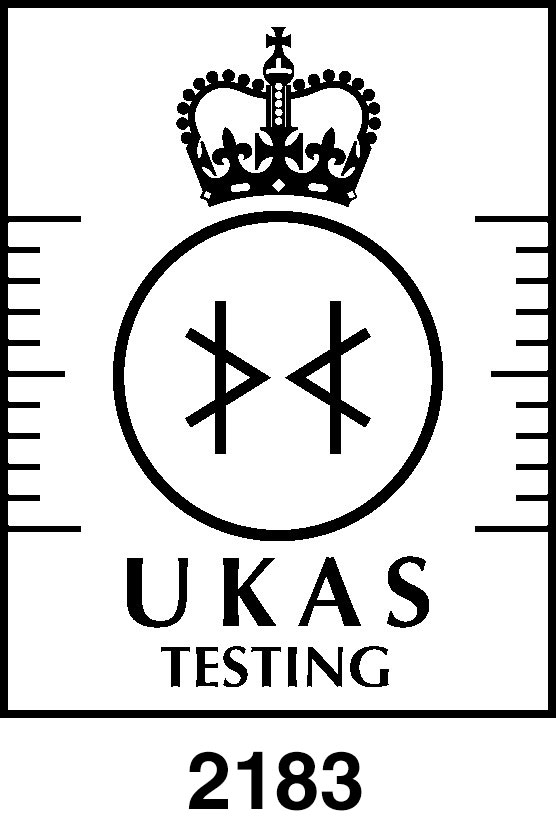Identification and Quantification of Asbestos
Stage 1 – Qualitative – presence or absence of asbestos in soil
Identification of ACM and/or free fibrous bundles in soil for the presence of asbestos as defined by The Control of Asbestos Regulations (2012). The minerals are: Chrysotile (white), Crocidolite (blue), Amosite (brown), Tremolite, Actinolite & Anthophyllite.
The whole sample (typically 1 tub, circa 500g) is screened by eye. Then a coned and quartered sub-sample (typically 1 petri dish, circa 30g) is further examined by binocular microscopy at x40 magnification after drying. Suspected asbestos undergoes identification by polarised light microscopy (PLM) in accordance with HSG248. It should be noted that when samples are deemed negative at this stage a minimum of 2 disaggregated sub-samples undergo a pinch test when the soil in mounted in a refractive index fluid and further examined at x100 magnification.
Stage 2 – Gravimetric quantification – ACMs and fibre bundles
The ACMs and fibre bundles handpicked and previously identified in all stages of the qualitative method are weighed. The concentration of asbestos in each material type is assessed with guidance from HSG 264 and the results are corrected for stones and moisture and expressed on a % dry weight basis.
Stage 3 – Fibre counting quantification – free fibres
This is the counting of free fibres by phase contrast microscopy (PCM) at x500 magnification. A representative sub-sample of soil (circa 1g) is dispersed in water (typically 200ml) and an aliquot (typically 1ml) is filtered, dried and then examined under PCM. Free fibres are sized, counted and calculated to express the mass percentage in the soil. This is often referenced as HSE Report No. 83/1996 Method 5.
Both quantification methods are in accordance with the draft SCA Blue Book Quantification of Asbestos in Soil 2017.



